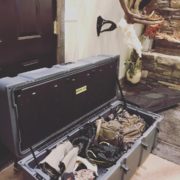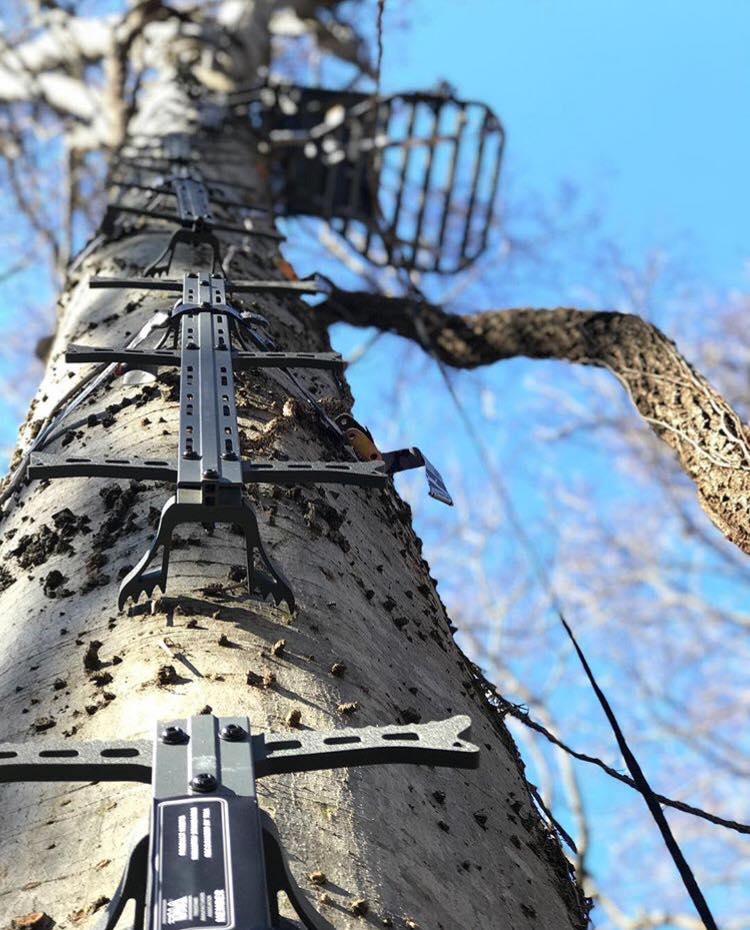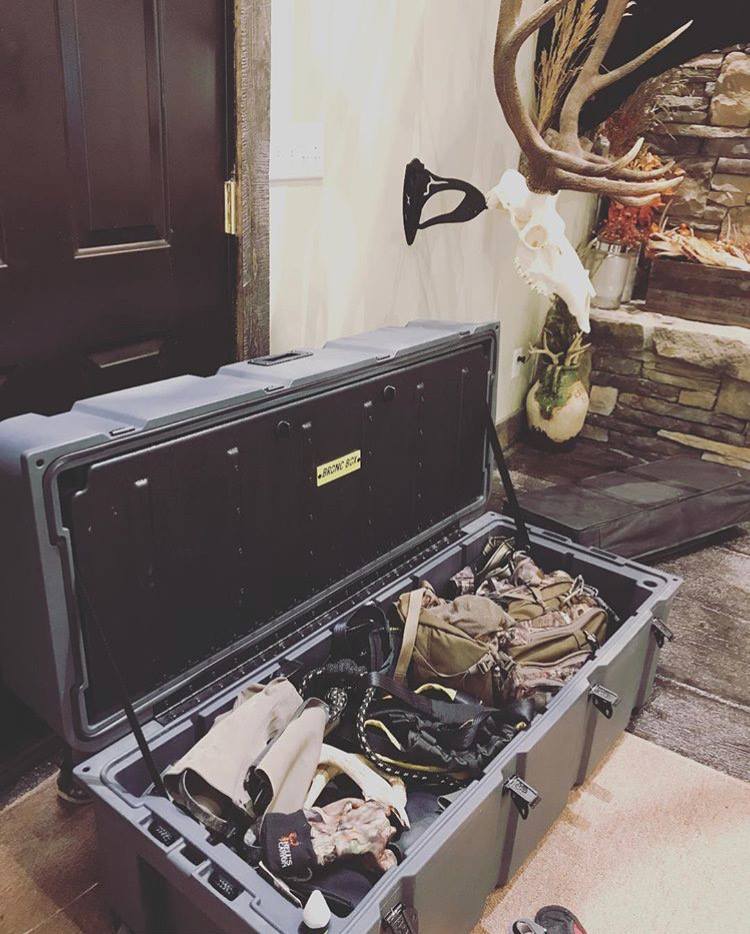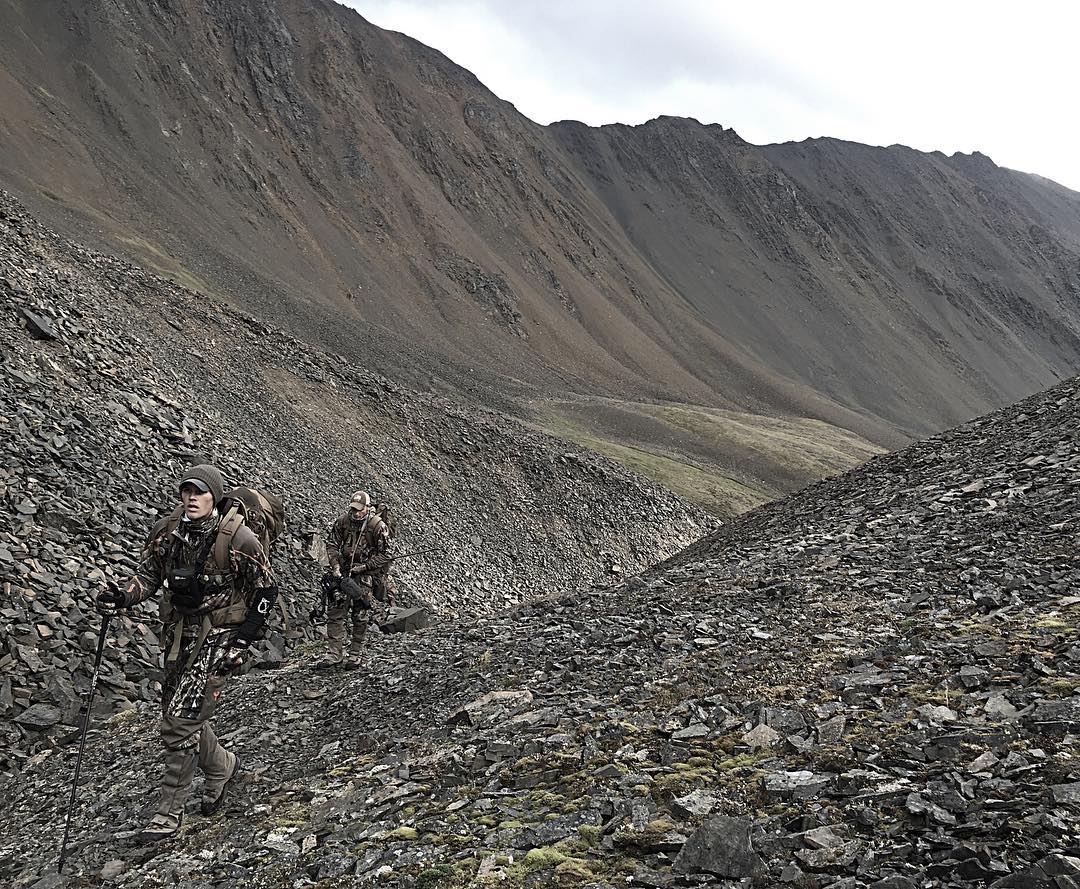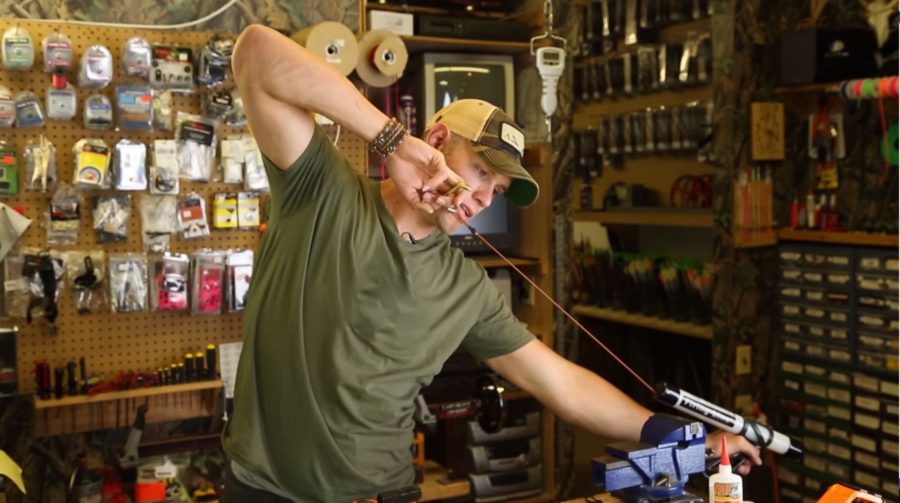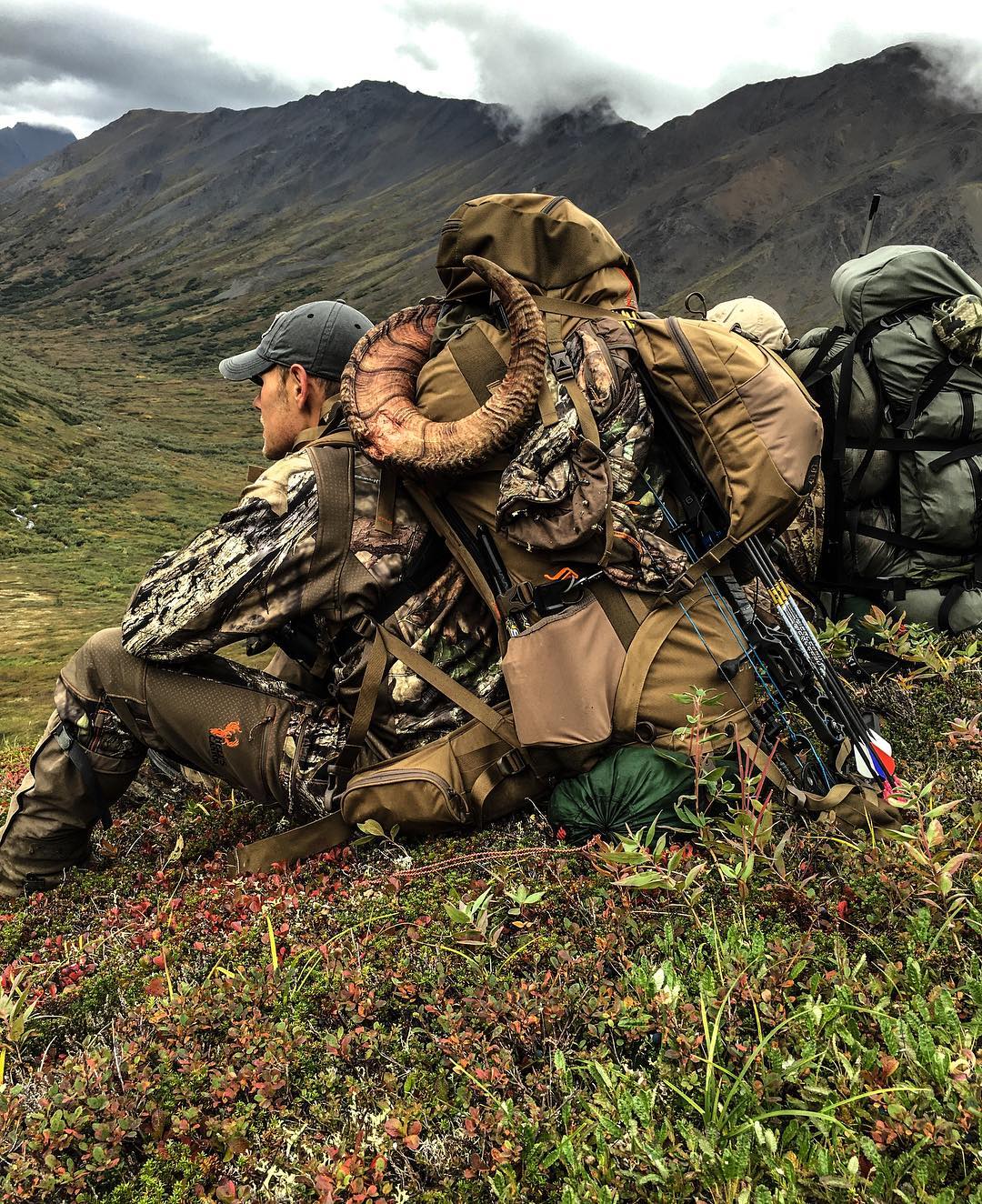Post Season Bow Hunting Gear Care
Post Season Bow Hunting Gear Inventory and Storage
The thrill of the chase has come to an end and spring will be here before you know it. For many bow hunters it is time to pack away bow hunting gear for storage during the off-season. For other bow hunters and competitive shooters, it may be just the opposite. This is the time to get some practice in and adjust/tweak your gear to perform better. Whatever the case, the winter months provide time to properly adjust, maintain and care for your bow hunting gear.
Bow Hunting Gear “To Do List”
Frayed strings, rusty bolts and screws, soured clothing, moldy backpacks…if you want to avoid any of these problems follow the “to do list” below.
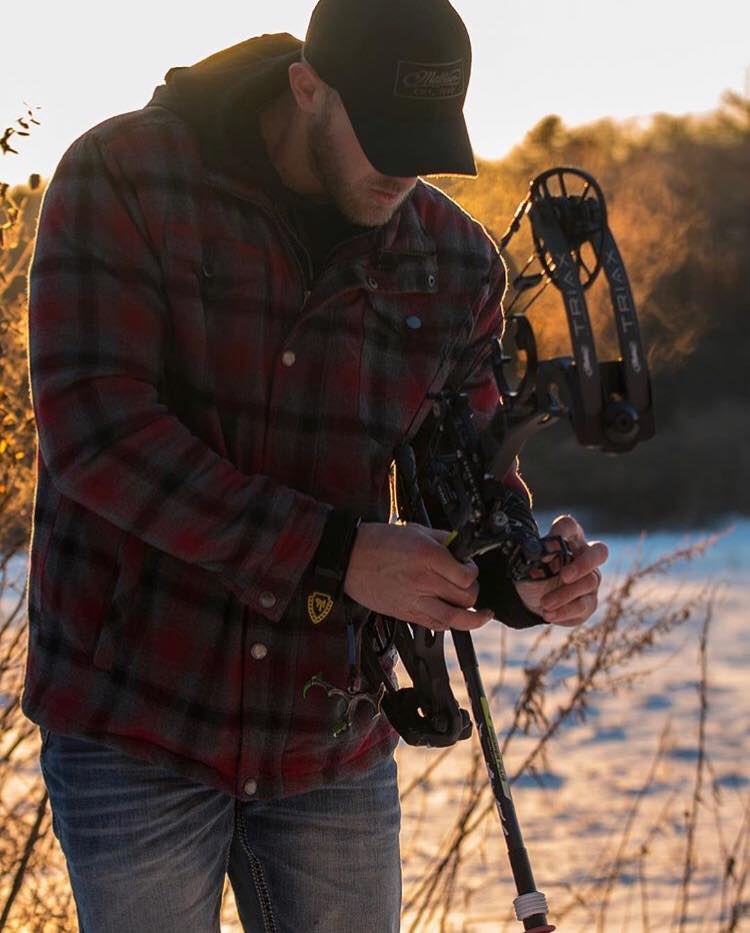
Gather
Like most hunters, at the end of the season you will have gear scattered in a multitude of places; your vehicle, in the laundry room, gear bags, rubber tubs, and the floor in your gear room. To start the task at hand, you will need to designate a place to gather all those items in one place!
Inspect
While you have all of your gear in one place take inventory of what you have and what needs to be replaced or repaired. This is also the perfect time to take advantage of the end of season sales in big box stores and online. Look to replace any batteries or worn out gear. Also, inspect your safety equipment, your stands, your arrows, and of course your bow. Take notes and create a list of items that need attention.
Method and Area of Storage
Preparing a permanent hunting gear storage area, away from direct sunlight, heat, or dampness will ensure that your gear will be ready for next season with little effort. Carbon lined or ozone-generating boxes are great options for storage. A simple and affordable Rubbermaid box will suffice and is stackable so you can store clothes and gear by season. It is important that your storage container has a sealable lid to keep any scents from permeating the gear inside. Storing with earth scented dryer sheets, scent wafers, or natural fiber such as dry cedar chips or pine twigs can add a good cover scent.
Clothes
Wash and dry all clothing, base layers, mid layers and outer layers with scent-destroying detergent and dryer sheets. For heavier items, line drying is recommended. Fold each piece for storage in a scent-proof gear bag or large sealing tub. Include socks, gloves, beanies, and caps.
Footwear
Often hunters will splurge in investing in good hunting boots, after all, boots are one of the most important components of hunting gear. Inspect your boots for splits, cracks, worn insoles, and replace if necessary. Rubber footwear should be brushed off and wiped down with a damp cloth. Remove insoles for inspection, replace if needed, spray boots inside and out with scent destroying spray and allow to air dry. Do not use soaps or chemicals on rubber boots; chemicals over time can break down the rubber. Leather boots should be brushed off removing mud and debris, and wiped down with a damp cloth. Inspect the insoles and use scent destroying spray inside and out, allowing them to air dry. After the boots have dried completely, use a good leather conditioner with weatherproofing to condition and store the boots.
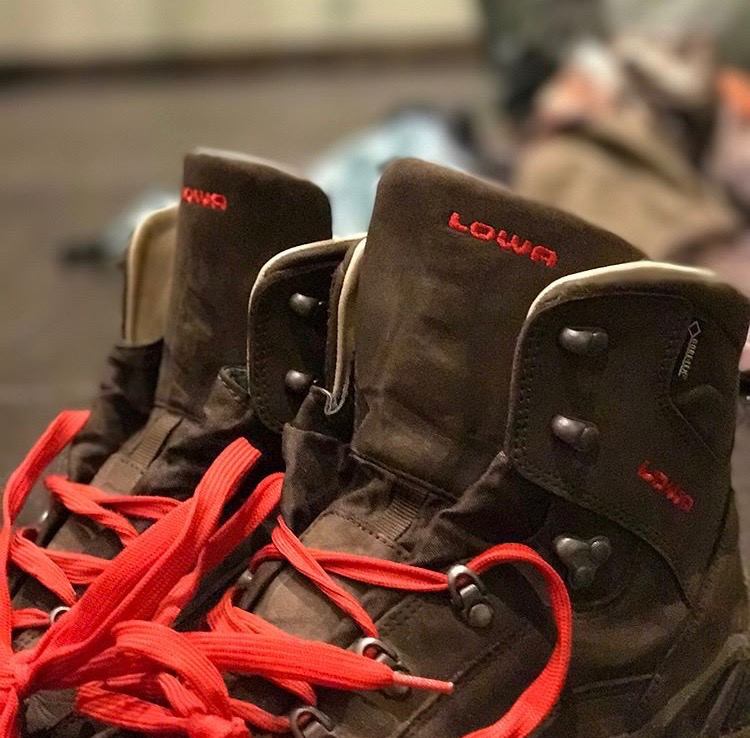
Backpacks
Empty your backpack out completely, all pockets, and shake out any dirt and debris that may have ended up inside it. If necessary, wipe down the interior with a damp cloth. Brush off any mud and wipe down any areas that may have dirt or stains. Store the backpack empty making it easy to pack for storage.
Small Hunting Gear and Accessories
Small hunting gear like ratchet clippers, tow ropes, knives, screw-in hooks, or any other gear needs to be stored. All liquids should be discarded and purchased fresh the next season, especially any animal urine or estrus. This includes scent destroying sprays because many of these sprays only have a 3 to 6-month shelf life of effectiveness after opening. Binoculars need to be wiped down and stored in the products original case or directly in the storage method.
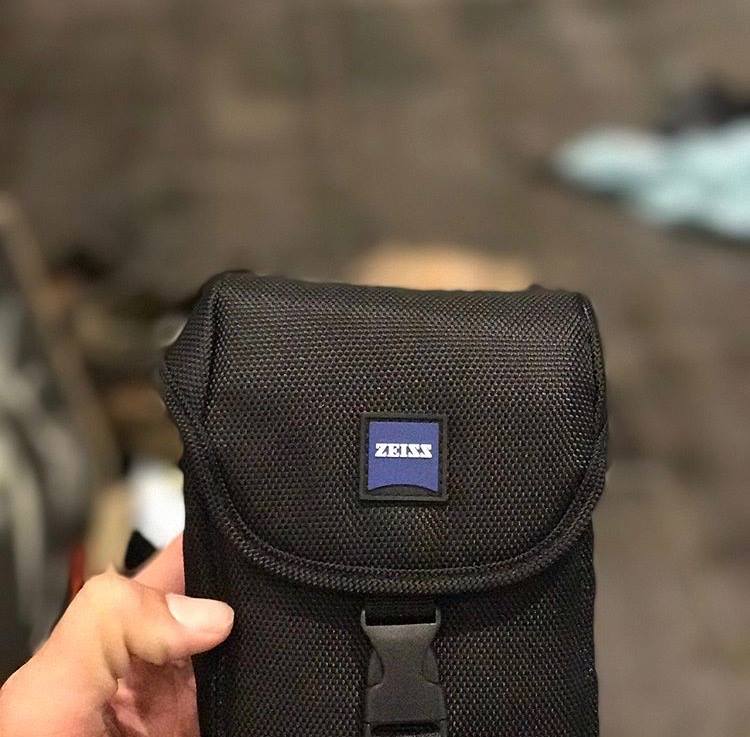
Deer Calls
Any mouth calls that you have used during the season needs to be wiped down and completely dried before storing to keep bacteria from building up and deteriorating or locking up the working parts such as latex and rubber rings on reeds.
Electronics
Remove batteries from all electronics you do not plan to use until next season such as GPS units, rangefinders, flashlights, scent dispersing units, and game cameras to deter from possible battery corrosion, damaging and rendering the product useless.
Caring For Your Bow
Wipe down the riser, limbs, and cams of your compound bow or the stock, fore-end, and limbs of your crossbow with a damp cloth or scent eliminating wipe. Inspect all moveable parts, screws, bolts, string wear, sight, and rest. Should your strings need to be replaced now is the perfect time to do so. Regardless if you have new or old strings, you will need to wax the strings for storage. You can use a small amount of oil to coat any bare metal bolts, washers, or screws to keep them from rusting in storage. Do not hang your bow by the strings for storage; this can cause issues with the strings stretch and cam timing. The best method of gear storage for your bow is in a bow case, if at all possible.
Taking the time to do this post-season routine will not only extend the life of your gear but it is also going to save you valuable time. While proper care and storage is important for your bow hunting gear, don’t let it sit too long during the offseason. Use this time to practice and prepare for next year’s deer season or the upcoming spring turkey season. Need some things to work on? Check out the archery and bow hunting tips in the “Archery Fit” video section below!

